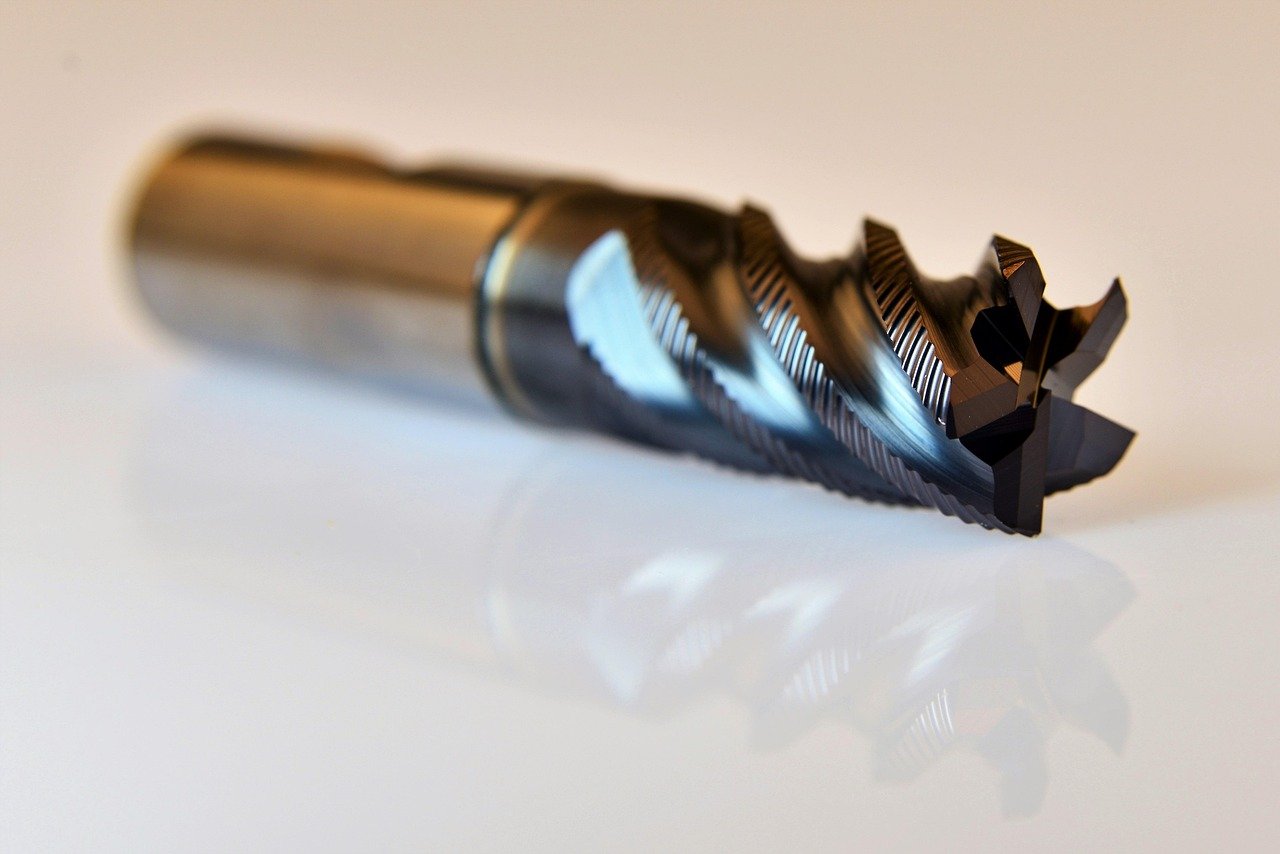Choosing the right end mill coating is crucial for optimizing industrial applications. Factors such as material compatibility and heat resistance are key to enhancing machining performance. By aligning coatings with specific machining parameters, manufacturers can significantly improve productivity and tool longevity.
When selecting an end mill coating for industrial applications, several critical factors must be considered to ensure optimal performance. Understanding material compatibility is essential, as an incorrect pairing can lead to suboptimal results. Heat resistance also plays a vital role in maintaining tool effectiveness over time. With these elements in mind, manufacturers can tailor their choices to meet specific industrial needs. As you explore about mill coatings, the goal is to empower engineers and manufacturers with the knowledge to make informed decisions, ultimately boosting efficiency and productivity in industrial applications.
Material Compatibility Considerations
Material compatibility is a cornerstone when it comes to choosing the right end mill coating for industrial applications. Different materials react distinctively under machining conditions, making it crucial to select a coating that complements the material being processed. For instance, coatings such as titanium nitride (TiN) are well-suited for general-purpose applications due to their versatility across various materials. However, when working with harder materials like stainless steel or nickel alloys, a more robust coating like titanium aluminum nitride (TiAlN) may be necessary.
The interaction between the coating and workpiece material can affect surface finish and tool life. An incompatible match might lead to excessive wear or poor machining results. Evaluating these aspects helps ensure that the chosen coating will perform efficiently without premature degradation. By understanding how different coatings interact with materials, you can make selections that optimize both cost and performance.
Additionally, considering the chemical properties of the workpiece material is vital. Some coatings offer enhanced resistance against chemical reactions that might otherwise compromise the tool’s integrity during use. This consideration becomes even more critical in high-temperature applications where chemical stability is paramount for maintaining performance.
Heat Resistance Evaluation
Heat resistance is another pivotal factor in the selection process of end mill coatings for industrial applications. During machining operations, tools are subjected to significant heat generated from friction between the cutting edge and workpiece. Coatings designed to withstand high temperatures can drastically reduce wear and extend tool life by maintaining hardness at elevated temperatures.
For example, aluminum titanium nitride (AlTiN) coatings provide excellent heat resistance, making them ideal for high-speed operations and abrasive materials. Such coatings help maintain cutting efficiency by preventing thermal softening of the tool material. This ensures consistent performance even under demanding conditions, allowing for more aggressive cutting parameters without risking premature failure.
The ability of a coating to dissipate heat effectively also impacts its suitability for various applications. Coatings that facilitate heat dissipation help preserve tool integrity by reducing thermal stress. By prioritizing coatings with high heat resistance capabilities, you position your tooling strategy for success in demanding environments where temperature control is critical.
Aligning Coatings with Machining Parameters
Aligning end mill coatings with specific machining parameters is essential for achieving optimal results in industrial applications. Factors such as spindle speed, feed rate, and cutting depth all influence how a coating performs during operations. Matching these parameters with appropriate coatings ensures maximum efficiency and productivity.
For high-speed applications requiring rapid material removal rates, selecting a coating with superior adhesion properties is advantageous. This prevents chipping or flaking under intense conditions, maintaining consistent performance throughout the operation. Conversely, lower speed applications benefit from coatings that offer enhanced toughness to withstand prolonged contact without wearing down.
The choice of coolant or lubrication used during machining also affects coating selection. Some coatings perform exceptionally well in dry conditions while others benefit from coolant application to minimize friction and temperature rise. Understanding these dynamics enables you to make informed decisions that align with your specific tooling requirements and operational goals.
By considering factors like material compatibility and heat resistance when choosing end mill coatings for industrial applications, you can significantly enhance machining productivity and efficiency. Making informed choices tailored to your specific application needs empowers you to leverage the full potential of your tooling investments.
You May Also Like: PLG Supplies: Powering Industry, Ensuring Safety











